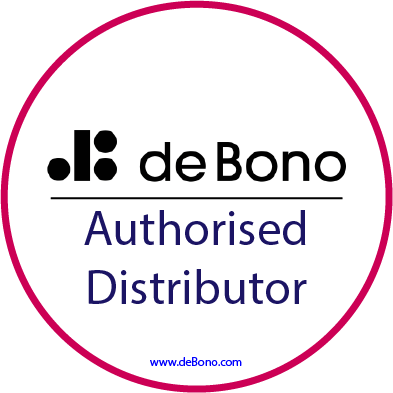 Effective stakeholder communication is the backbone of business success, but it comes with hurdles that can derail projects, strain relationships and jeopardise long-term goals. When they attend the Stakeholder Engagement™ and Think on Your Feet® workshops, our clients tell us that their top three stakeholder communication challenges are:
Effective stakeholder communication is the backbone of business success, but it comes with hurdles that can derail projects, strain relationships and jeopardise long-term goals. When they attend the Stakeholder Engagement™ and Think on Your Feet® workshops, our clients tell us that their top three stakeholder communication challenges are:
- Lack of clear communication.
- Misaligned expectations.
- Inconsistent messaging.
Lack of clear communication
– Misunderstandings and miscommunication can lead to missed deadlines, misaligned goals and frustration. Clear and transparent communication is essential to align the team and stakeholder expectations with business objectives.


Think on Your Feet® sharpens your ability to communicate clearly, openly and effectively in any situation, so you nurture and build transparent and efficient stakeholder relationships.
Misaligned expectations – Stakeholders often have conflicting priorities, which complicates decision-making and slows down processes. Understanding your stakeholders and managing their expectations is challenging, especially when they are not clearly communicated or understood.


Stakeholder Engagement™ provides you with the tools and techniques you need to identify and understand your stakeholders. You then use an AI-powered simulation to interact with “virtual stakeholders” who have varying agendas, providing a risk-free environment to practice managing complex relationships. Through this, you’ll learn how to engage and gain buy-in from stakeholders, handle conflicting interests, and develop communication strategies to navigate diverse expectations more effectively in real-life scenarios.

Inconsistent Messaging – inconsistencies and complexity in messaging between individuals, teams or levels of management can confuse stakeholders and lead to mixed signals.
Think on Your Feet® teaching participants how to structure their ideas quickly and effectively. It fosters a habit of clear, concise and structured communication that remains consistent across various situations and audiences. It:
- Ensures you structure your message – It provides six core communication plans and three support plans that help you to organise your thoughts in a clear and logical sequence. Using these ensures that your messages are always presented in a consistent, easily understood format, whether you’ve been caught on-the-spot or in a planned interaction.
- Encourages brevity and focus – You’ll learn how to eliminate unnecessary details, sticking to the core message. This focus prevents information overload and ensures that each message delivered is coherent and to the point, keeping communication consistent across different settings.
- Gives you confidence – Throughout the workshop you’ll practice, practice, practice. By practicing impromptu responses, you’ll gain confidence in delivering clear, consistent messages even under pressure. This reduces variability in how information is communicated during spontaneous discussions or Q&A sessions.
- Ensures you think about your listener – It emphasises tailoring messages based on the listener’s needs, ensuring consistency in relevance and engagement. This alignment helps maintain a uniform tone and focus, regardless of the specific audience or context.
Sources:
https://pumble.com/learn/communication/communication-statistics/
https://www.pmi.org/learning/thought-leadership/pulse
https://www.gallup.com/workplace/236927/employee-engagement-drives-growth.aspx
https://hbr.org/2014/07/your-scarcest-resource
- Join a workshop – take a look at our public workshop calendar.
- Train a group or team – we also deliver workshops online and in-house for groups and teams. Contact us to find out more, or call one of our friendly training consultants on +44 (0)20 3836 8640, or visit our website to learn more and schedule your first session.


